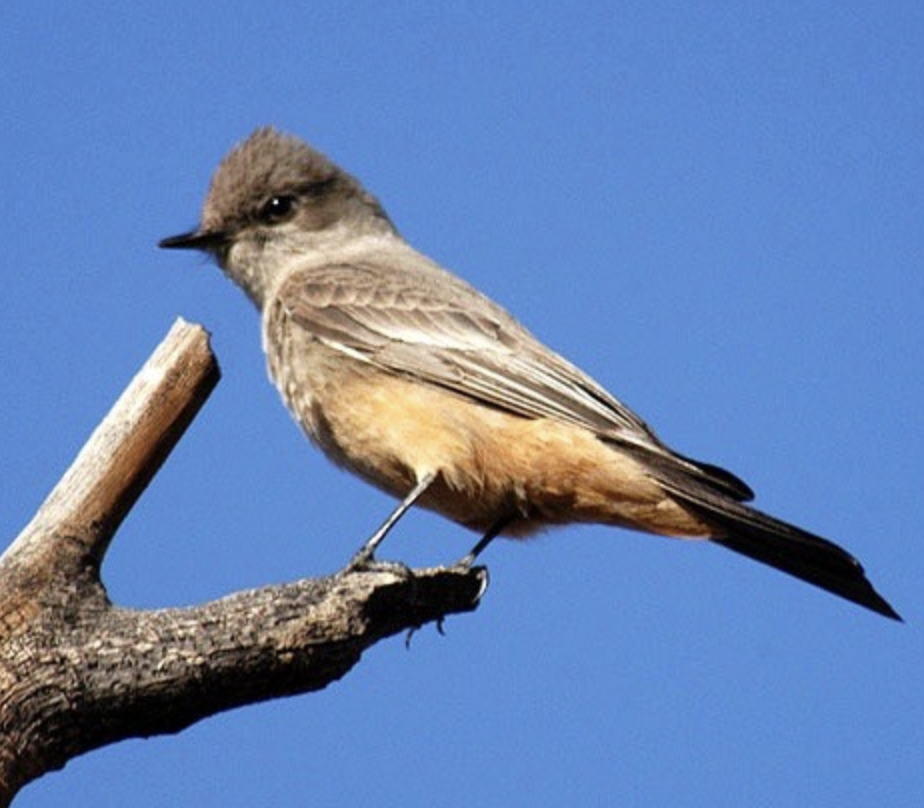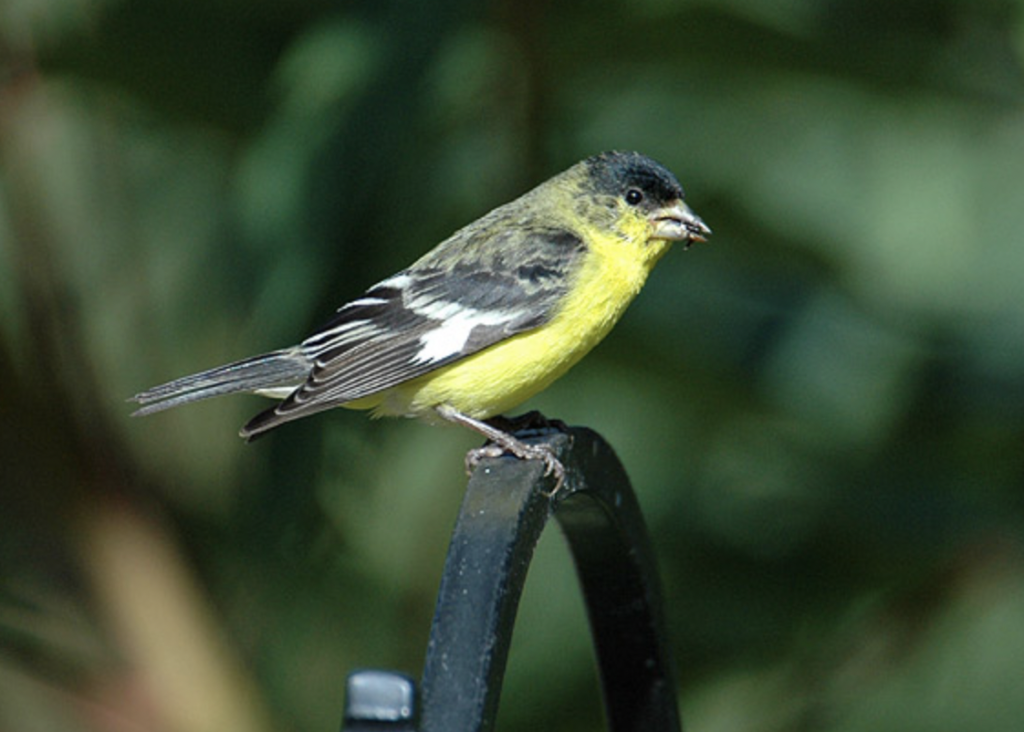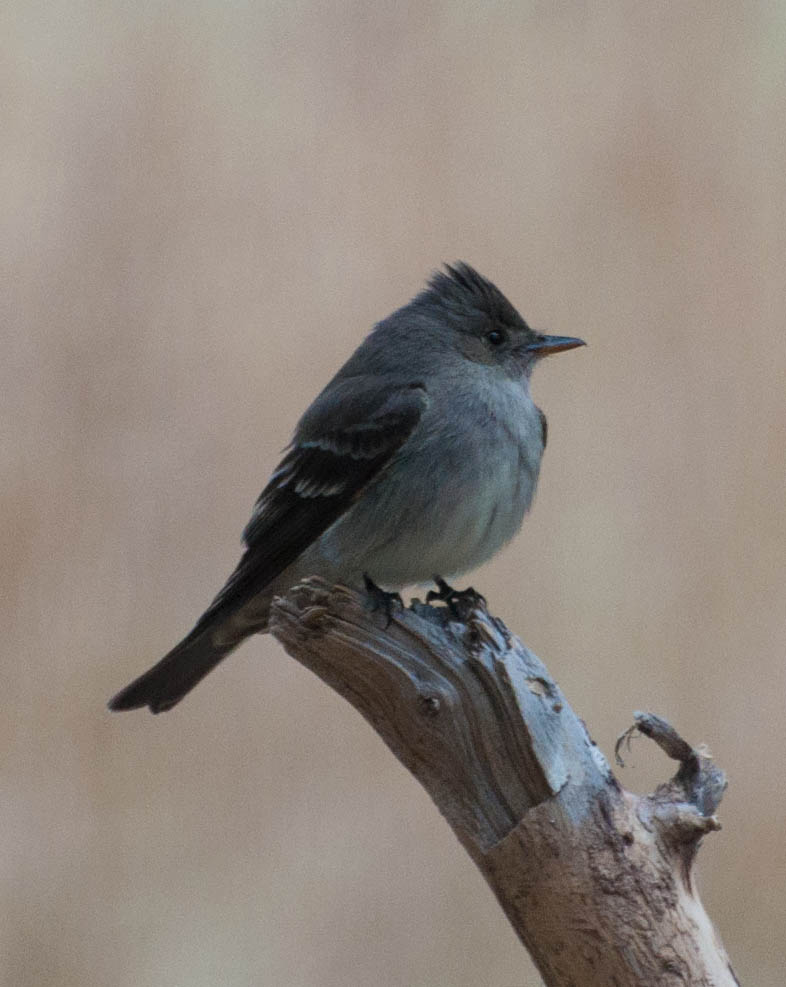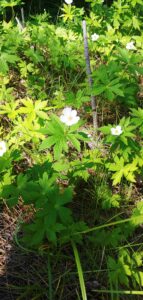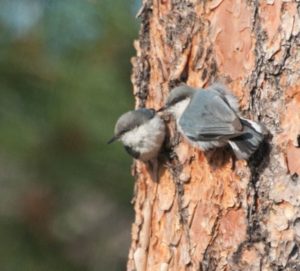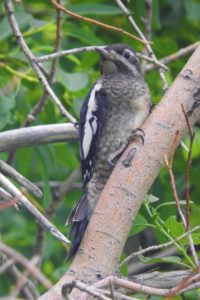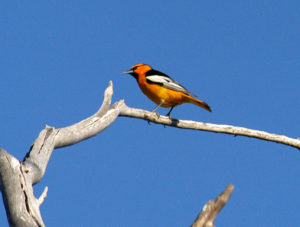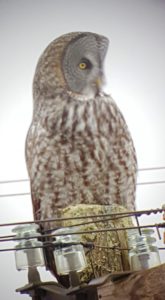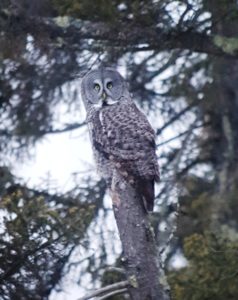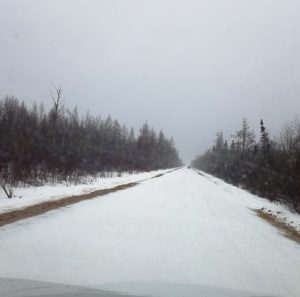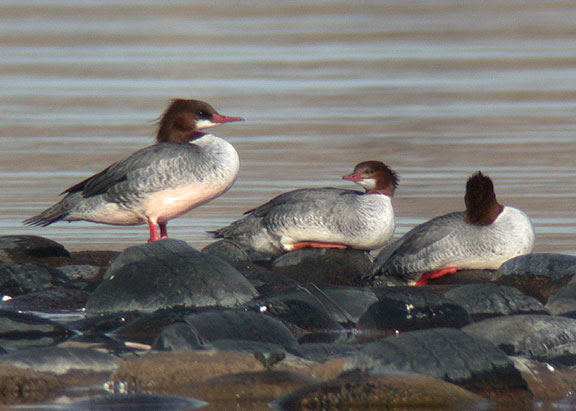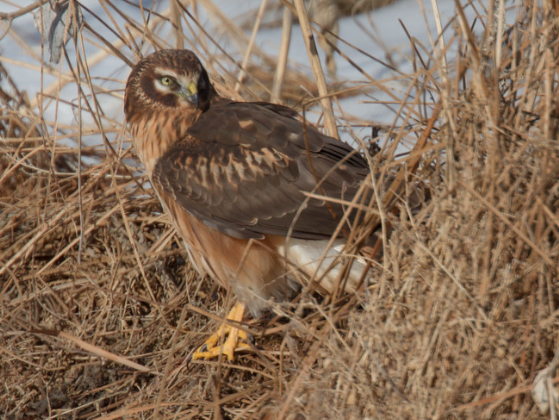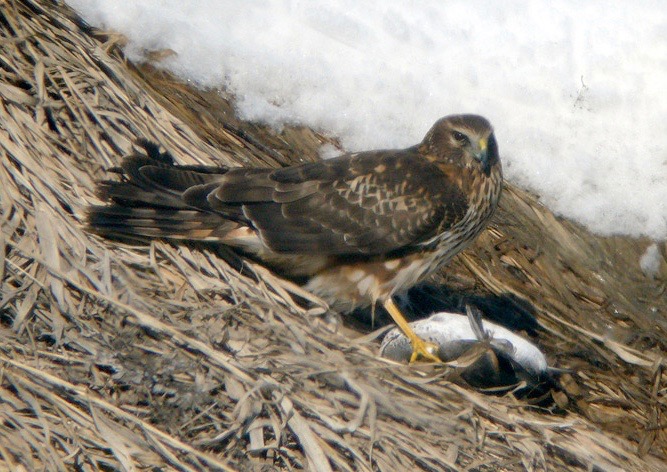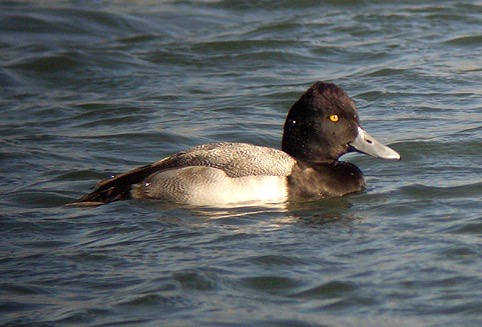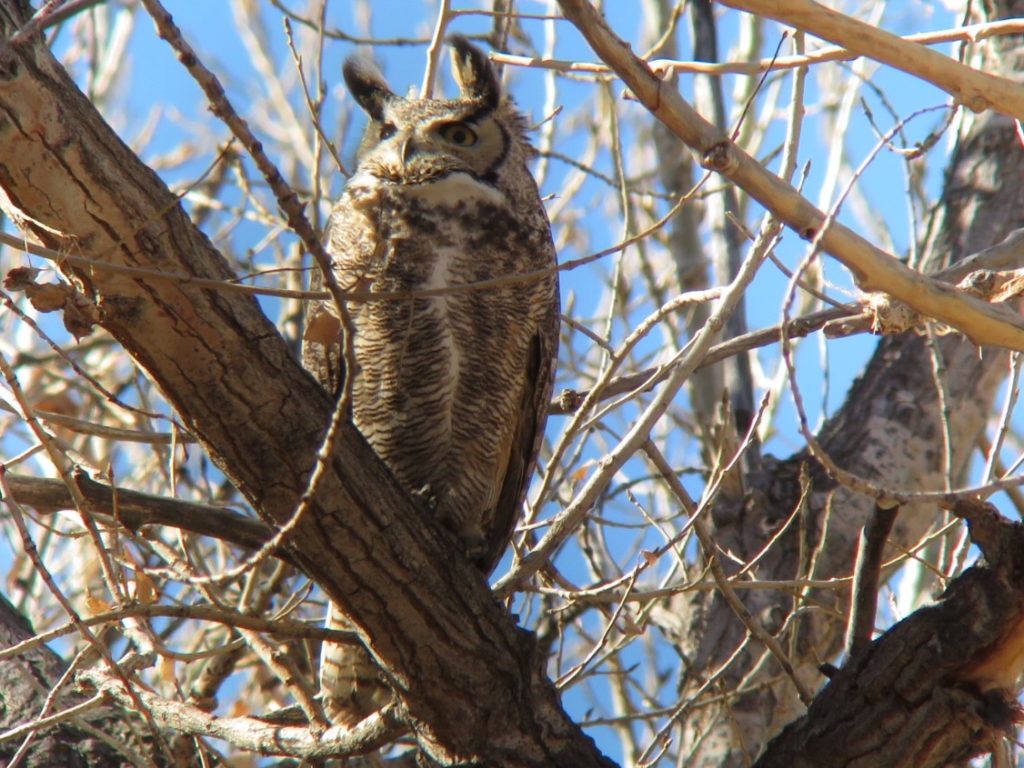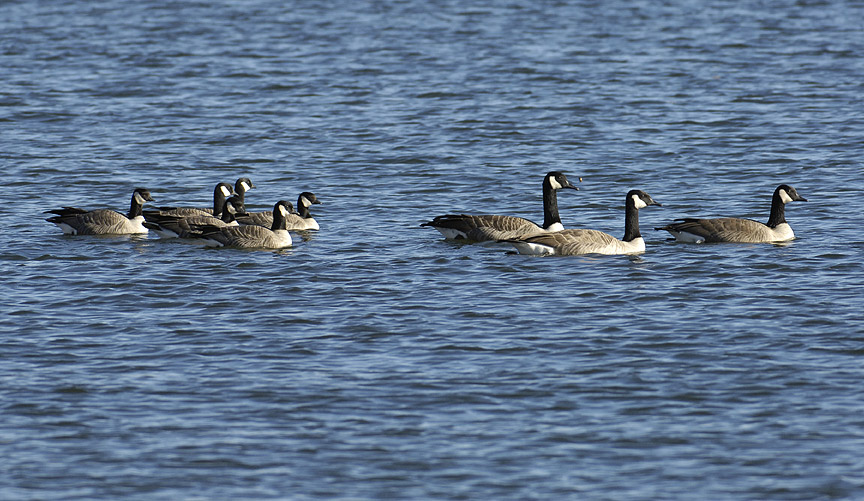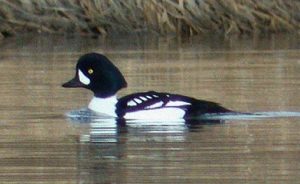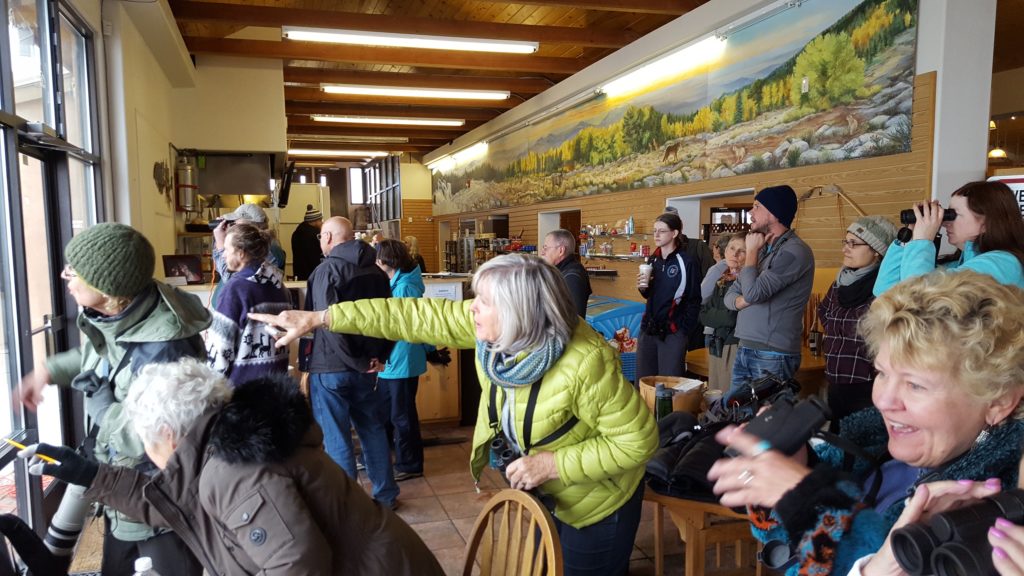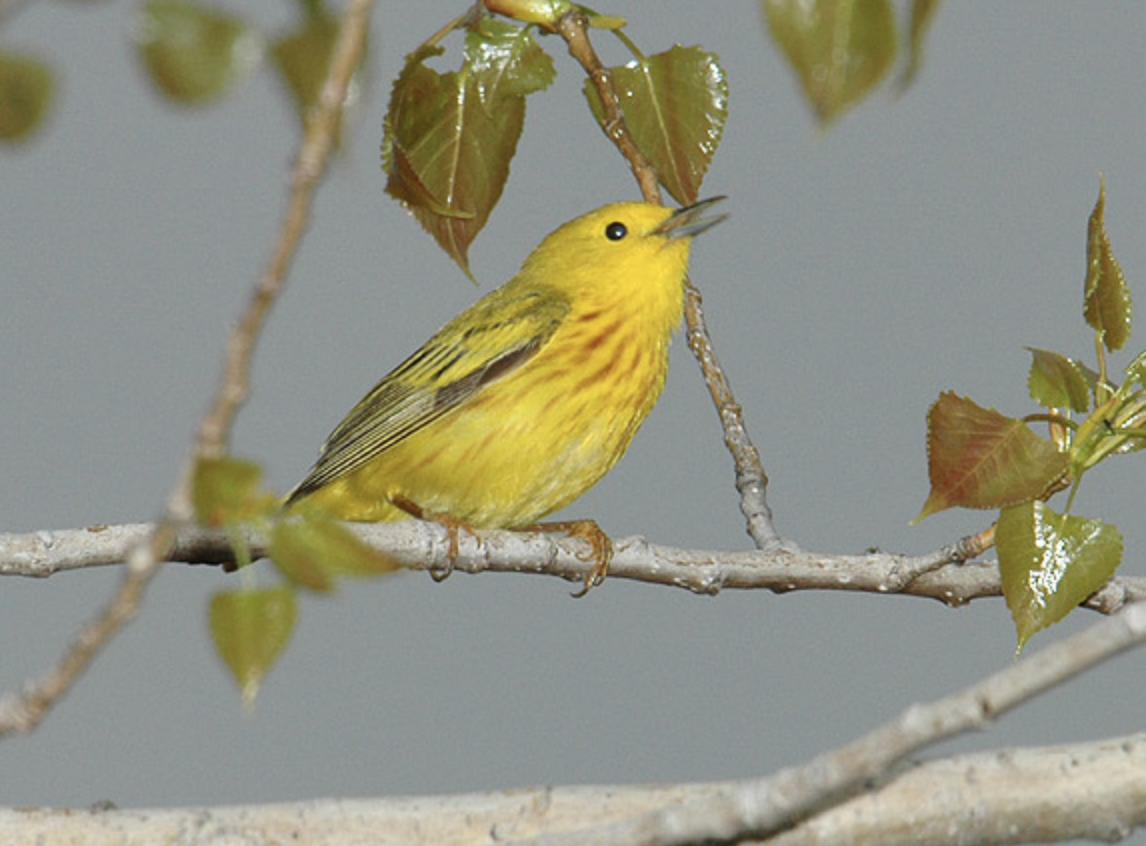
The area we visited Saturday morning near the Denver Audubon Nature Center is a popular birding destination; so much so that it is here that Denver Audubon regularly offers their Bird the Wetlands programs and the Bird Conservancy of the Rockies has its annual spring migration banding station (mid-April through May). As with much of Chatfield SP there is a wonderful mix of habitats and we consequently saw some great birds.
Here we are now in early July which means spring migration has pretty much been over for at least a month and the advent of breeding season with so much singing and territorial establishment has begun shifting into a time of numerous fledglings looking doofy and seeking to be fed. In fact, some parents are starting to turn a cold, feathered shoulder to their offspring and saying, “You’re on your own now.” On our walk we noticed that the nesting Say’s Phoebes were no longer active at their nest on the side of the Nature Center, so hopefully they successfully raised their brood; and out by the banding station the nesting Broad-tailed Hummer was no longer on her nest which was so exposed it could easily have been subject to some sort of depredation. Raising avian young is not an easy endeavor – only about 75% of nestlings end up fledging, and only about 10-20% make it through the first year of life.
One family that seemed to have managed everything well was a group of four American Kestrels, apparently mom and dad with two vociferous fledglings. American Kestrels (formerly known as Sparrow Hawks) are secondary cavity nesters – that is they nest in old cavities previously excavated by woodpeckers, the primary cavity nesters. Many species are reliant on the primary cavity nesters to provide these nest sites, including some ducks, small owls, kestrels, chickadees, nuthatches, wrens, swallows, bluebirds, and starlings. Some big old dead trees can through time become avian condominiums with several species nesting in the same snag.
Vocalization highlights on Saturday were provided by Yellow-breasted Chats and Gray Catbirds. Chats were for some time considered to be part of the warbler family but have recently been assigned to their own family. Despite their bright yellow breast, they can be difficult to see as they are great skulkers. On the other hand, the extensive array of loud catcalls, whistles, rattles, and grunts by the male can at least make them easy to hear. The Gray Catbird is a member of the Mimidae family, which includes thrashers and mockingbirds, all of which are notable for their great vocalizations, and some of which mimic not only other birds but other sounds in the area in which they live, e.g. chainsaws and car alarms. While Gray Catbirds show no evidence of being mimics, there is good evidence that the male song results in large part from improvisation and invention. Both species can definitely put a smile on your face.
Good birding! Chuck
Chatfield SP – Audubon Nature Center, July 2, 2022
30 species
Mourning Dove 2
Broad-tailed Hummingbird 5
Double-crested Cormorant 6
Great Blue Heron 2
Turkey Vulture 1
Northern Flicker 1
American Kestrel 4
Western Wood-Pewee 2
Cordilleran Flycatcher 1
Say’s Phoebe 1
Warbling Vireo 1
Blue Jay 1
Black-capped Chickadee 2
Tree Swallow 6
Cliff Swallow 2
White-breasted Nuthatch 1
House Wren 10
Gray Catbird 2
American Robin 2
Cedar Waxwing 7
House Finch 1
Lesser Goldfinch 5
Spotted Towhee 8
Yellow-breasted Chat 6
Western Meadowlark 1
Red-winged Blackbird 18
Brown-headed Cowbird 2
Common Grackle 1
Common Yellowthroat 1
Yellow Warbler 12


